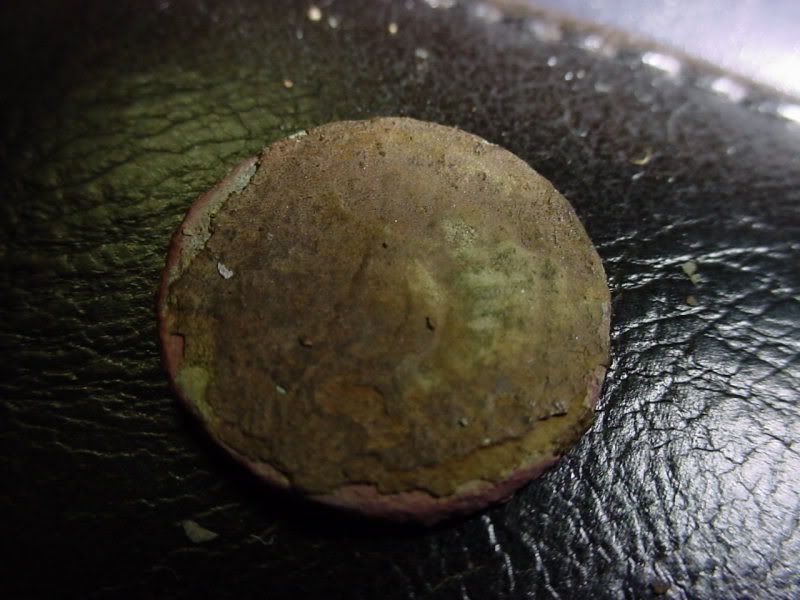Picked up a Shield Nickel today!
Not exactly going to win any beauty pageants. It's either 1866 or 1867 because the reverse has "rays." The top, darker, layer is flaking away... I don't know if I should leave it, or try soaking it to remove that layer. I'm afraid if that layer comes off... whatever's left of the design will go with it!! What do you think?




0
Comments
Nice find though.
Dave
You might try manually flaking off the crust with a toothpick, or cleaning in very diluted CLR or Limeaway. Then, immerse the coin in melted microcrystalline wax, and to get some of the remaining details visible again, dust with colored chalk (artist's pastels) using a small paintbrush (olives, browns, and tans are good colors). That'll help contrast the high areas against the fields, which is where you want the chalk to remain.
Your best best is to gain experience with this method first on junkier stuff before attempting on a coin you really want to keep.
I found it near the top of a very short hiking trail. The coin itself was only an inch or two down because there was a large rock underneath so it could not sink any deeper.